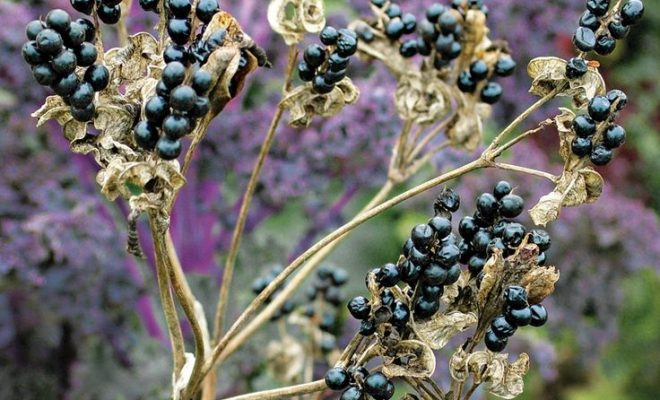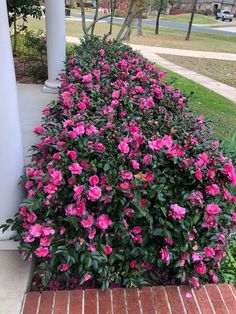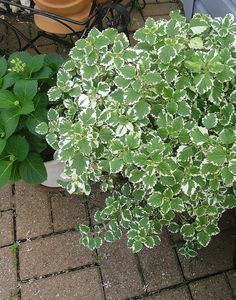Winter is Best Time for Rejuvenation Pruning in the Mid-Atlantic

As winter settles over the Mid-Atlantic, gardeners and landscapers take advantage of this dormant period for a crucial gardening task: rejuvenation pruning. This practice involves cutting back trees and shrubs to their stumps to encourage vigorous growth and restore plant health.
Rejuvenation pruning is most effective in winter because plants are dormant, reducing stress and sap loss. It also provides a clear view of the plant’s structure, making it easier to identify which branches should be removed.
Deciduous shrubs like dogwood, spirea, and hydrangea often benefit the most from this process. By removing old or diseased wood, gardeners can stimulate new growth that results in abundant blooming and improved plant form.
Experts recommend using clean, sharp tools for precise cuts that heal quickly. The cuts should be made at a 45-degree angle, just above a bud or branching point, to direct new growth in the desired direction.
The regrowth after rejuvenation pruning is robust and requires monitoring to shape the plant as it matures. While this aggressive pruning technique may seem drastic, it is a time-tested method to invigorate plants and enhance landscapes after the winter thaw.




